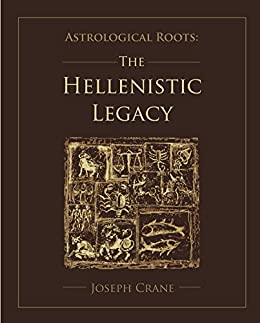
How did ancient astrologers assess a chart for fame, career, and parents, love, and happiness? This book surveys their depictions of planets, affiliations between the planets and the zodiac, lots, houses or places, aspects, orientality, and fixed stars. The final chapters survey predictive systems used by ancient astrologers. Ancient natal and predictive techniques are applied to the charts and lives of many historical and contemporary figures. Students and professional astrologers will find new insights, techniques, and new interpretative possibilities. Not only will you gain knowledge of how ancient astrologers practiced their trade, but you will also have new tools that apply to modern life.
Support your local bookstore!
I wrote this in the mid-2000s, fearing that the good work uncovering the basics of western astrology would be lost. I explored many features in Practical Guide but focusing on Hellenistic astrology, adding chapters on triplicities or trigons, lots, nonwandering stars, planetary periods and other predictive techniques that not only clarify modern techniques but continue to be useful for prediction.
Written like a college textbook, “Astrological Roots” nonetheless is a very approachable resource for learning how astrology was practiced two millennia ago in Ancient Greece.
Many concepts will be familiar: the descriptions of the planets, signs (zoidia), houses (places), triplicities. Others like sect, planetary joys, the extensive kinds of lots, time lords: not so much. But all are covered in patient detail. The best part of this book is that it gives the reader example after example of how to delineate a chart using traditional methods, which I personally find to be much more accurate and rewarding than what modern astrology offers. Highly recommended compared to most astrology books written in the last 50 years. Again, not a beginner’s book.
— Joseph A. Soltero
Support your local bookstore!
